Programme outline
| Thursday 27 June 2019 | ||
| 08:00-09:00 | Registration and welcome refreshments in the exhibition and poster area | |
| 09:00-11:00 | Session 1 – Launch of the New European Wind Atlas | |
| 11:00-11:30 | Networking break in the exhibition and poster area | |
| 11:30-13:30 | Session 2 – Using data to reduce uncertainty | |
| 13:30-14:30 | Lunch in the exhibition and poster area | |
| 14:30-16:30 | Session 3 – Modelling to reduce uncertainty | |
| 19:00-22:00 | Workshop reception for all participants (Halles St-Gery) | |
| Friday 28 June 2019 |
||
| 08:00-09:00 | Welcome refreshments | |
| 09:00-11:00 | Session 4 – Using LiDARs to reduce uncertainty | |
| 11:00-11:45 | Networking break in the exhibition and poster area | |
| 11:45-13:45 | Session 5 – Wakes and forests | 13:45-14:45 | Light lunch |
SESSION 1: Launch of the New European Wind Atlas
Session Chair: Mike Anderson, Independent Expert
SESSION DESCRIPTION
Since 2015, 30 partners from 8 countries have been collaborating Europe-wide on the New European Wind Atlas (NEWA) project. Funded via ERANET+, we have been developing and validating new methodologies for the assessment of wind conditions. These methodologies span advanced developments in both measurement and modelling science. We will report on several dedicated large-scale wind measurement campaigns, focusing on situations important for wind power utilisation. We will also discuss new dynamical downscaling methodologies, employing ensembles, and improvements to modelling high temporal and spatial resolution.
LEARNING OBJECTIVES
- Attendees will gain an understanding of the measurement science advances made during the project
- Attendees will learn about new modelling science and validation, including using ensemble techniques
- Attendees will learn about the design and user interface for the New European Wind Atlas
SPEAKERS
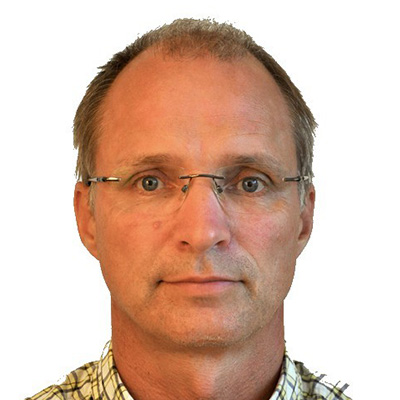
Jakob Mann
Professor, DTU Wind Energy
Scene setting presentation
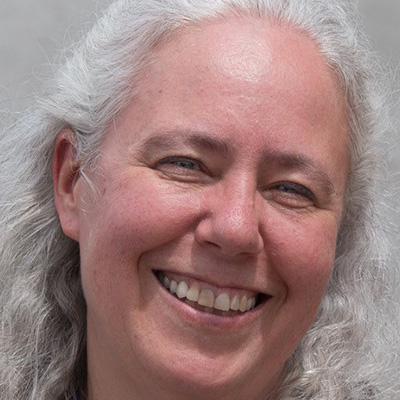
Andrea Hahmann
Senior Scientist, DTU Wind Energy
Characteristics of the spread of wind speed distributions in the WRF NEWA ensemble for wind energy uncertainty quantification

J. Fidel González Rouco
Associate Professor at the Universidad Complutense de Madrid – IGEO, CSIC
Europe blown by the (observed and simulated) wind
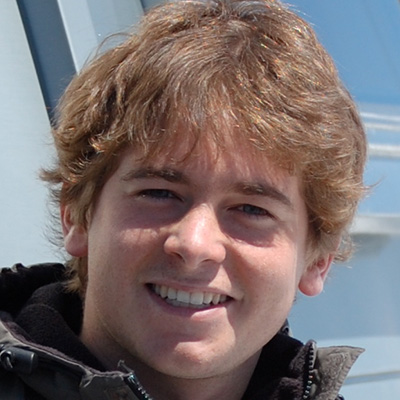
Grégoire Leroy
Senior R&D Meteorologist, 3E
Impact of Aggregated Roughness on Mesoscale Wind Climate

Ides Bauwens
Managing Director, Nazka Mapps
The New European Wind Atlas (NEWA) web platform
SESSION 2: Using data to reduce uncertainty
Session Chair: Lars Landberg, Director, Group Leader, Renewables, Strategic Research and Innovation, DNV GL
SESSION DESCRIPTION
One of the biggest challenges in wind resource estimation is uncertainty: we need to understand its sources and its layers. This session will address both these aspects. What is key is that our understanding needs to be based on data. The session will start out by looking at how the accuracy of preconstruction analysis can be improved. It will then zoom in on three specific aspects: how fidelity in orography models affects results; how ERA5 data can be used for downscaling; and what the effect of atmospheric icing is. In each case, data will be used to inform the estimation and analysis of uncertainty. Finally, we will look at how LIDARs can be used in reducing uncertainty in wind resource estimation.
LEARNING OBJECTIVES
- What is a preconstruction analysis, and how can it be improved?
- What is the role of orographic models in flow modelling, and how can different input sources affect the accuracy?
- What is reanalysis data and how can the ERA5 dataset be used in downscaling?
- What is icing, what are its effects and how can we validate models and understand the uncertainties?
- What are scanning LIDARs, and how can they be used to improve wind resource estimation?
SPEAKERS
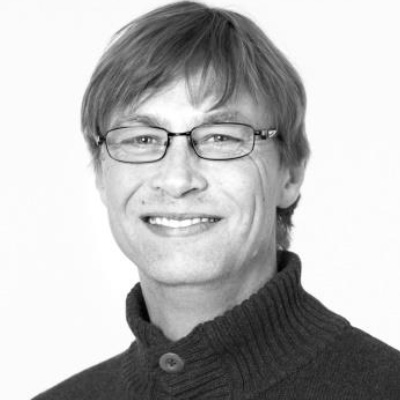
Brian Broe
Adviser, Kjeller Vindteknikk
Atmospheric icing – validation and uncertainty
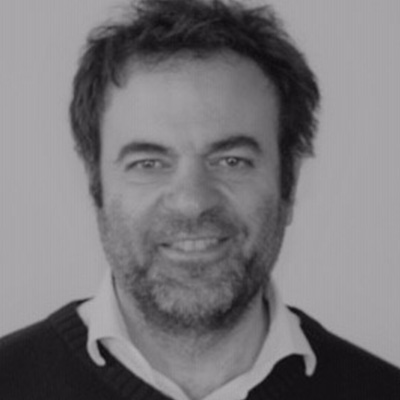
Francesco Durante
Head of Research, K2 Management
Preconstruction analysis: The next accuracy leap

Morten Lybech Thøgersen
Department Manager – Wind R&D, EMD International A/S
High Fidelity Elevation Models – What is the Value in Microscale Modelling?
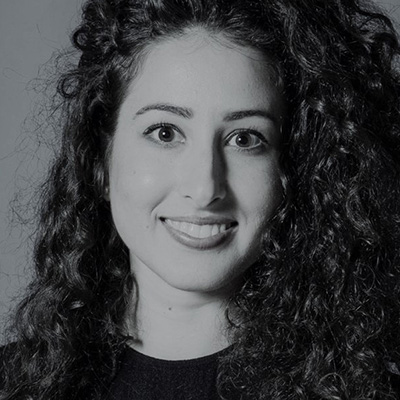
Alkistis Papetta
Research Associate, IWES Fraunhofer
Measurement Strategies using a single Scanning Lidar for reducing Wind Resource Assessment uncertainty onshore
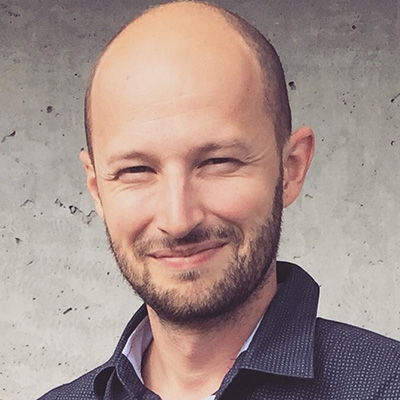
Remi Gandoin
Senior Specialist, C2 Wind
Model evaluation of downscaled ERA5 time series for British and Dutch offshore sites
SESSION 3: Modelling to reduce uncertainty
Session Chair: Mireia Casinos, Director of Energy Services, Iberia and LatinAmerica, Renewables, AWS Truepower, A UL company
SESSION DESCRIPTION
Reducing uncertainty should be a priority in wind flow modelling, due the fact is an especially important contributor to the total uncertainty for wind resource and energy production estimates, especially for large projects involving numerous wind turbines.
This session presents different approaches for understanding wind flow modelling uncertainty and illustrates some applications in the wind industry.
LEARNING OBJECTIVES
- Attendees will enhance their knowledge on wind power.
- Attendees will get a solid understanding of the modelling uncertainty as an important factor to consider in designing both monitoring campaigns and wind projects
- Attendees will get insights from experienced professionals
SPEAKERS
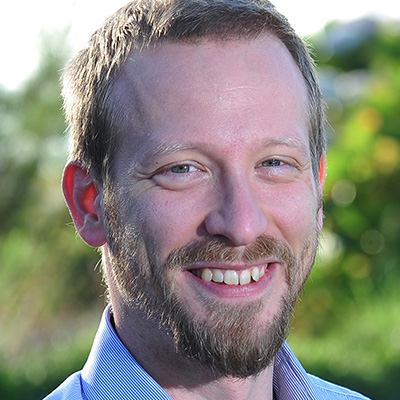
Ioannis Papadopoulos
Business Lead, Project Development, DNV GL
Comparison of pre- and post-construction energy estimates in northern europe and other select markets, for onshore and offshore wind farms
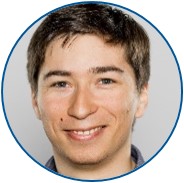
Pablo Duran
Project Engineer, WindSim A.S.
Reducing wind flow modelling uncertainty by using a meso-microscale coupling model for wind resource assessment
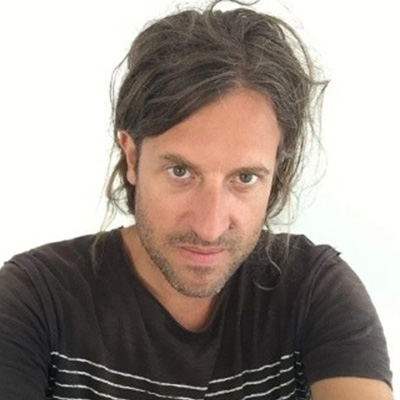
Gil Lizcano
R&D Director, Vortex
Vulnerability of wind resource to a changing climate: the importance of looking at the right scale
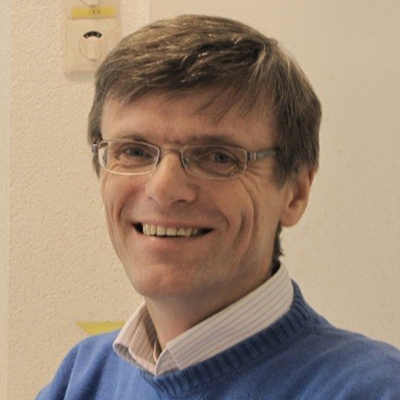
Bernard Bulder
Junior Scientist Innovator, ECN part of TNO
Validation of the Dutch Offshore Wind Atlas
SESSION 4: Using LiDars to reduce uncertainty
Session Chair: Jake Badger, Head of Section, DTU Wind Energy
SESSION DESCRIPTION
LIDARs have now become mainstream and are regularly being used as the sole instrument for the measurement and quantification of wind speed and turbulence intensity. This is true for both on- and offshore wind, where LIDARs are mounted on floating structures. This session looks at a range of topics, ranging from calibration to reducing uncertainties.
LEARNING OBJECTIVES
- Attendees will gain understanding of how turbulence can be measured using a vertical profiling LIDAR
- Attendees will be able appreciate the differences in the turbulence intensity measured by remote sensing devices compared to anemometers
- Attendees will be able to understand how LIDARs can be calibrated without using a cup anemometer as a reference
- Attendees will gain an appreciation of the uncertainties of floating LIDARs – how they may be reduced
SPEAKERS
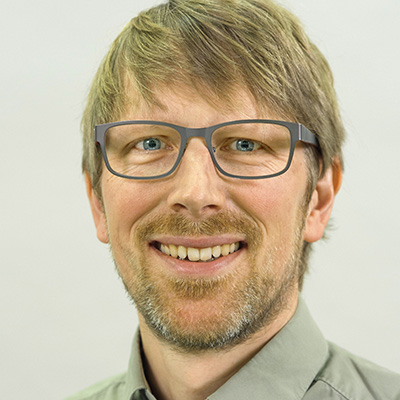
Nikolai Hille
Senior Engineer Onshore Loads, DNV GL
Correction methods for LiDAR TI and their standardisation
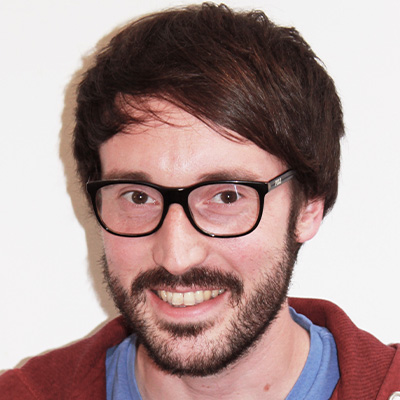
Scott Wylie
Wind Engineering & Verifications Manager, ZX Lidars
Turbulence Intensity measurements from a ground-based vertically-profiling lidar

Alexandra St. Pé
Senior Wind Analyst, E.On
CFARS: Benchmarking TI Bias Between Cup Anemometers from Varying Manufacturers and Remote Sensing Devices
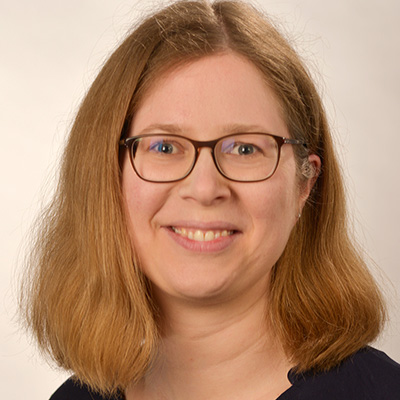
Julia Gottschall
Senior Scientist, Fraunhofer IWES
Uncertainties of Floating Lidar measurements – how big are they and how can they be reduced?
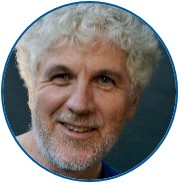
Michael Courtney
Senior Researcher, DTU Wind Energy
Cup-free lidar calibrations
SESSION 5: Wakes and forests
Session Chair: Pep Moreno, CEO, Vortex
SESSION DESCRIPTION
Wakes in a standard wind farm can create losses that, on average, can range between 10 to 20%. No one taking wind development seriously can ignore such a critical element in wind farm efficiency. Until now, however, this issue has neither been fully understood nor modelled by the industry.
In this session, we’ll be deep-diving on this topic with researchers and professionals at the cutting edge of this issue. We will also examine a case study from a forest environment.
LEARNING OBJECTIVES
- Attendees will learn about the latest results obtained by the reference research institute
- Attendees will access direct research accounts from two veteran engineers
- Attendees will learn from the experience of one of the largest manufacturers operating today
SPEAKERS
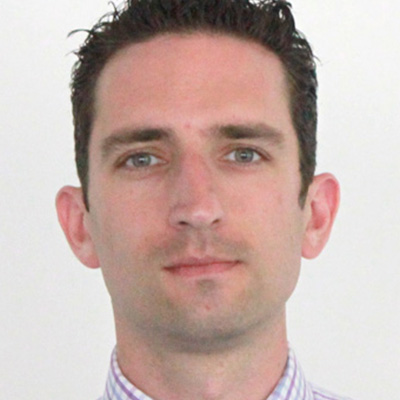
Graham Hawkes
Technical Manager – Performance Analysis, Frazer-Nash Consultancy Ltd
Offshore Wind Accelerator; Global Blockage Effects in Offshore Wind Farms: Knowns, Unknowns and Opportunities.
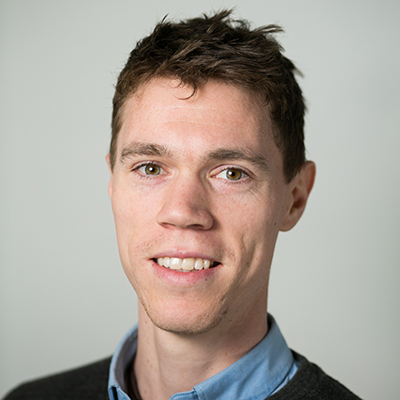
Till Beckford
Technical Lead, DNV GL
Building confidence in offshore turbine interaction losses through wake validation and increased blockage losses knowledge
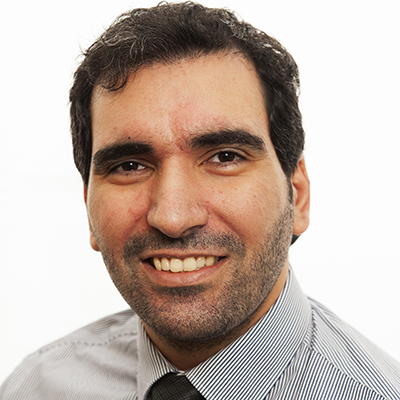
Renzo Ruisi
Researcher, DNV GL
Application of wake steering models for the prediction of energy production increase at an onshore wind farm
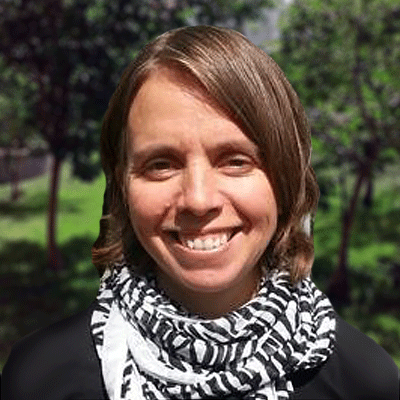
Ebba Dellwik
Senior Researcher, DTU Wind Energy
Observed and modeled near-wake flow behind a solitary tree


